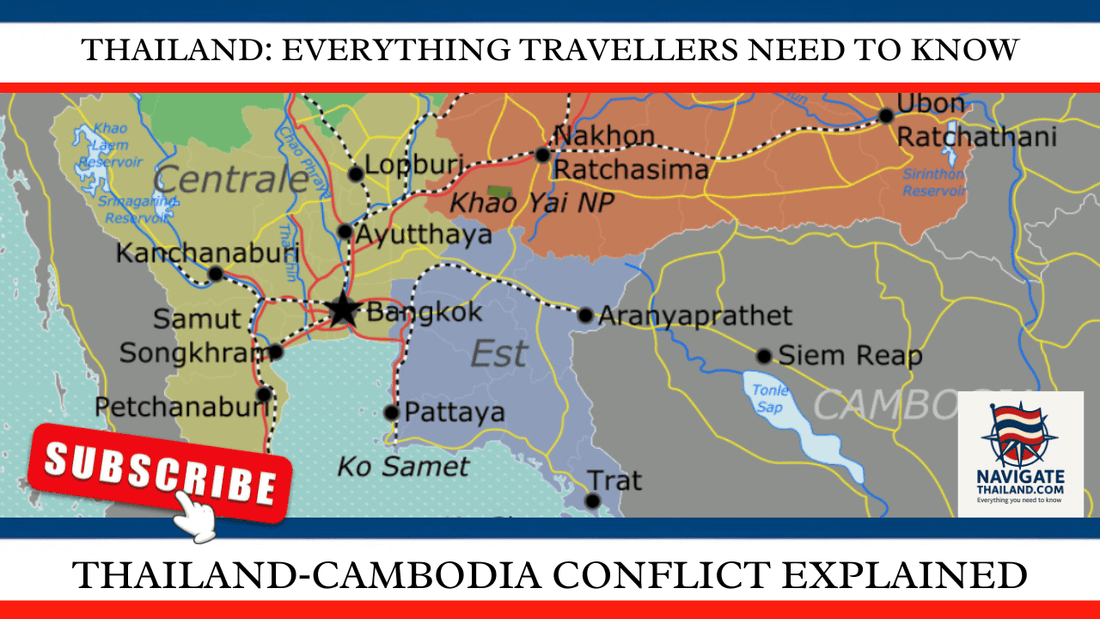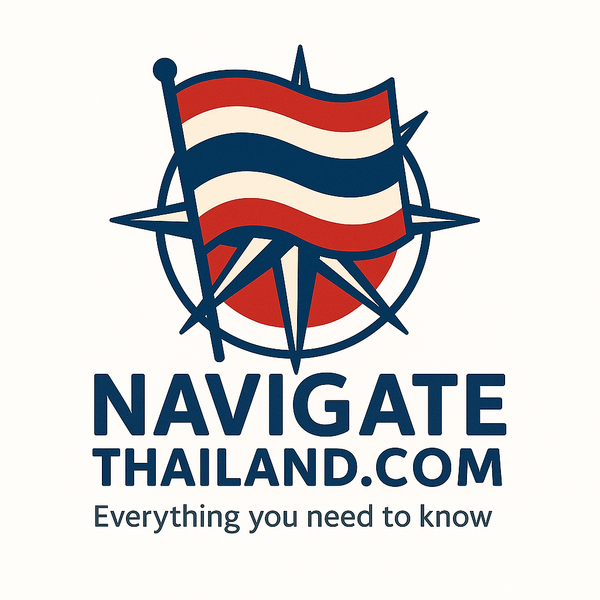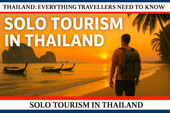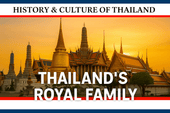
Border Tensions & Travel Advice: Thailand‑Cambodia Conflict Explained
Share
BORDER TENSIONS BETWEEN THAILAND & CAMBODIA: WHAT TRAVELLERS NEED TO KNOW
Historical Roots: Colonial Lines and ICJ Rulings
The boundary dispute dates to the 1907 Franco‑Siamese treaty, when French colonial maps vastly redefined the border near Preah Vihear temple and Ta Moan Thom. Many of today’s contested areas stem from inconsistencies between those old maps and modern claims.
In 1962, the ICJ awarded Preah Vihear temple to Cambodia — a decision reaffirmed in 2008, sparking nationalist tensions and sporadic fighting ever since. Thailand has often rejected broader surrounding territory rulings, insisting on bilateral talks.
The 2025 Escalation: From Mine Wounds to Airstrikes
Conflict flared again on 28 May 2025, when a Cambodian soldier died after a brief skirmish in Nam Yuen district. Tensions escalated rapidly.
By July 24, artillery, rockets, small arms fire—and even Thai airstrikes and armed drones—were reported across at least six border locations in Surin, Sisaket, Ubon Ratchathani, and Oddar Meanchey provinces. Casualties soared: at least 40 deaths, mostly civilians, and over 260,000 displaced.
Thailand also accused Cambodia of laying new Russian-made landmines near Chong Ahn Ma, a claim Phnom Penh denied, saying unexploded ordnance dates to old wars.
Ceasefire Attempts: Broken Promises
An immediate ceasefire was brokered by ASEAN (Malaysia) with U.S. and Chinese support, set from 28 July 2025 midnight. But within days, Thailand accused Cambodia of multiple ceasefire breaches in Sisaket province. Cambodia rejected the claims.
A follow-up meeting in Shanghai reaffirmed the truce, emphasizing diplomacy. Still, analysts warn the ceasefire remains fragile, deeply tied to regional power politics.
What Holiday-Makers Should Know
🚫 Avoid these areas:
All Thai provinces bordering Cambodia — Surin, Sisaket, Buriram, Ubon Ratchathani — face travel bans, closed official crossings, and active fighting.
Authorities in the US, UK, Australia, New Zealand, Singapore, Hong Kong and China advise avoiding travel to border regions entirely.
Travel Advice for Visitors
- Stay informed: Check real-time updates from local Thai authorities or your embassy for crossing status.
- Plan safe itineraries: Popular attractions in Bangkok, Chiang Mai, Phuket, Krabi, islands remain unaffected.
- Keep essentials accessible: Carry sufficient cash, phone credit, local SIM card. Service disruptions likely near conflict zones.
- Emergency protocols: For sudden outbreaks, have evacuation plans—long-distance transport often remains operational.
- Respect local sensitivities: Border areas are volatile; avoid discussions on politics or nationalism in person.
Summary at a Glance:
|
Topic |
Key Insight |
|
Origins |
1907 French colonial treaties; ICJ rulings (1962 & 2008) |
|
2025 Conflict Trigger |
May skirmish + landmine wounds + widespread clashes |
|
Scale of Violence |
40+ deaths, 260K displaced, artillery and airstrikes |
|
Ceasefire Status |
Brokered ceasefire (28 July), violated within days |
|
Travel Risk Areas |
Thai provinces bordering Cambodia, avoid them entirely |
|
Safe Areas |
Central Thailand, northern highlands, islands unaffected |
Final Note for Travellers
While most of Thailand remains peaceful and welcoming, the Thailand–Cambodia border region is not safe at present. Skirmishes over century‑old disputes are ongoing, and ceasefires remain a delicate diplomatic balance, easily disrupted. Avoid planning any journeys near Surin, Sisaket, Buriram, or Ubon Ratchathani until stability returns.
Read about the full History and Culture of Thailand




















































































































































